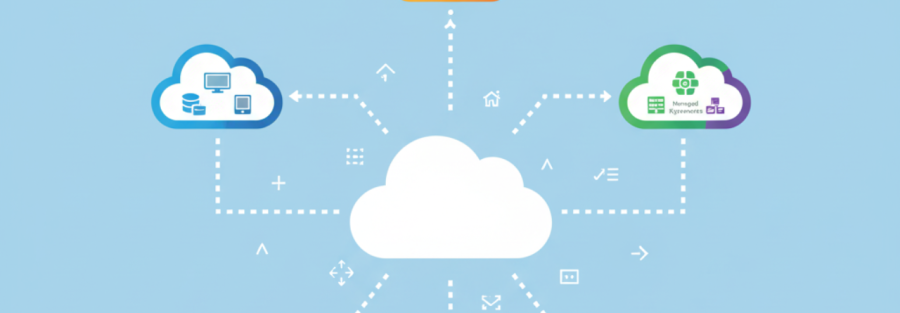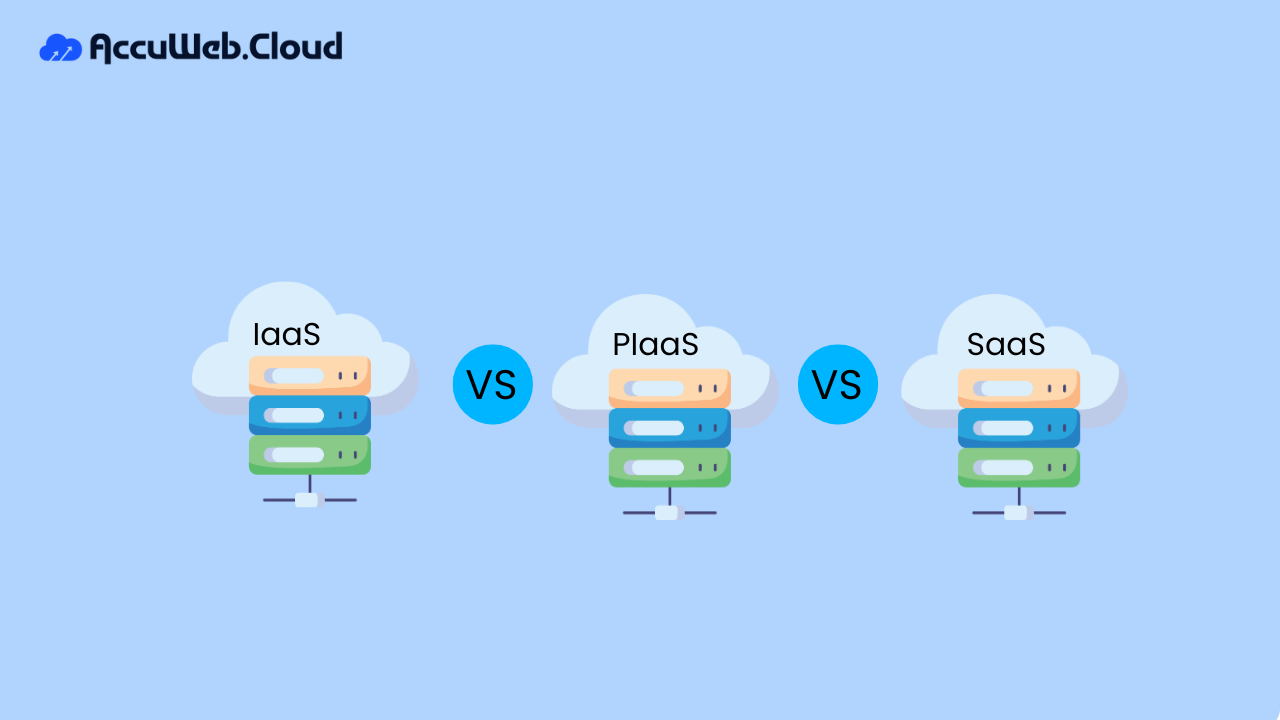Multi-Cloud Networking: From Complexity to Connectivity
In a multi-cloud networking setup, computing resources, data, and applications are distributed across at least two public platforms like Amazon Web Services (AWS), Google Cloud Platform (GCP), or Microsoft Azure.
Managing such an environment requires a sophisticated network architecture to facilitate communication between the primary data center or home office and each public cloud and connect various clouds, micro-services, and clusters within each cloud.
Multi-cloud networking introduces distinct challenges that call for contemporary, software-defined solutions.
This article will outline the typical obstacles encountered in multi-cloud networking and subsequently explore how a software-based approach can effectively address them.
What is Multi-Cloud Networking?
Multi-cloud networking utilizes multiple public clouds to enhance connectivity and network services for applications and workloads. It encompasses the integration of on-premises, cloud, and edge services to deliver optimized connectivity.
In a modern multi-cloud network architecture, the network is entirely based within the cloud, which includes network services like routing, security, and network management. It differs from earlier cloud network approaches, where the data center infrastructure remained on-premises while only security and network management were in the public cloud.
As each public cloud is unique, multi-cloud networking should offer advanced functionality to abstract individual cloud constructs and limitations, enabling a more standardized and flexible connectivity and services approach, regardless of the selected public cloud.
Multi-Cloud Networking Challenges and How to Overcome Them?
To optimize the utilization of public cloud services, addressing four significant challenges in multi-cloud networking is essential. Fortunately, a standard solution for these challenges is “Multi-Cloud Networking Software,” or MCNS.
According to Gartner’s definition, MCNS leverages software-defined networking (SDN) and centralized orchestration to design, deploy, and manage multi-cloud networks. Additionally, MCNS facilitates uniform network policies, security measures, governance, and visibility across a multi-cloud infrastructure.
Now, let us delve into each multi-cloud networking challenge to explore how MCNS assists organizations in surmounting these obstacles.
Uniqueness
Public cloud vendors have distinct network architectures, naming conventions, configurations, and functionalities. These networks must often be designed to integrate seamlessly, as vendors are vested in retaining customers within their cloud environment. This can pose challenges when attempting to distribute applications and workloads across multiple clouds.
Solution:-
So, MCNS offers a unified platform for orchestrating the entire multi-cloud network, enabling communication between and within different clouds. It abstracts the complexities inherent in each cloud’s native networking structure, simplifying management processes and overcoming potential limitations that could hinder efficient communication between clouds.
In essence, MCNS provides a single, standardized multi-cloud network for orchestration, eliminating the need to navigate, manage, and troubleshoot multiple unique network architectures.
Visibility
Achieving comprehensive visibility in a cloud environment can be particularly challenging, especially when managing workloads across multiple clouds. Each cloud vendor offers varying levels of visibility; one cloud may lack visibility into the activities of another. Moreover, each cloud has visibility tools, making it difficult for administrators to gain a holistic view of the multi-cloud network.
Solution:-
Multi-cloud networking software often incorporates centralized visibility tools that provide consistent insight into each cloud and its interconnections. Instead of accessing multiple monitoring systems, administrators can now observe the entire architecture from a single platform. This consolidation saves time, enables teams to work more efficiently, and ensures no gaps in visibility across the multi-cloud environment.
Security
Managing user authorization and privilege management becomes challenging in a multi-cloud environment because each cloud provider has its own controls. This results in the maintenance of multiple user access systems, leading to inconsistencies and the potential for over-privileged accounts in different clouds.
Maintaining data governance is also complex in a multi-cloud setting, as it requires ensuring data security, privacy, and compliance while allowing accessibility for cloud applications and processes. Additionally, the visibility limitations mentioned earlier hinder administrators’ ability to effectively detect security issues and policy violations across clouds.
Solution:-
The primary objective of MCNS is to establish consistent security, policies, governance, and visibility throughout the entire multi-cloud network.
By utilizing a centralized MCNS platform, administrators can manage account access for all clouds in one location, implementing multi-cloud security best practices such as role-based access control (RBAC) and the principle of least privilege (PoLP).
Multi-cloud networking software also facilitates the centralized creation, management, and enforcement of data governance policies, safeguarding data stored in and transferred between public clouds. By centralizing these functions into a management platform separate from individual clouds, MCNS ensures uniform and comprehensive security coverage across all your clouds.
Cloud Talent Gap
As mentioned earlier, each cloud platform has unique characteristics, requiring specialized knowledge to manage each. However, hiring and retaining technical engineers for each cloud platform can be challenging.
Solution:-
MCNS addresses this challenge by abstracting the networking aspects of each cloud provider and centralizing the management process through a single interface.
It means that building, managing, and troubleshooting the network becomes consistent across all public clouds. Engineers only need to familiarize themselves with one standard system, reducing the need for many experts to manage the multi-cloud network. A unified MCNS platform promotes easier knowledge transfers, facilitating collaboration and ensuring consistent coverage.
Conclusion
Organizations can overcome the challenges associated with multi-cloud networking by adopting appropriate strategies and technologies.
Businesses can maximize flexibility, performance, cost optimization, and innovation by addressing complexities, ensuring security, and leveraging the inherent opportunities in multi-cloud environments. With careful planning and implementation, multi-cloud networking can become a crucial enabler for organizations to thrive in the cloud-centric era.

Jilesh Patadiya, the visionary Founder and Chief Technology Officer (CTO) behind AccuWeb.Cloud. Founder & CTO at AccuWebHosting.com. He shares his web hosting insights on the AccuWeb.Cloud blog. He mostly writes on the latest web hosting trends, WordPress, storage technologies, and Windows and Linux hosting platforms.









